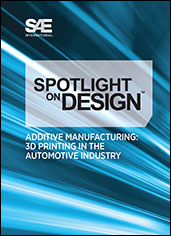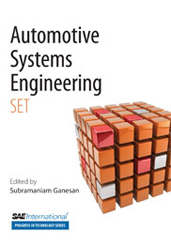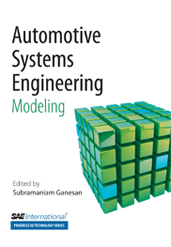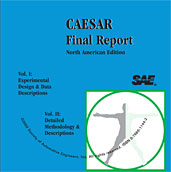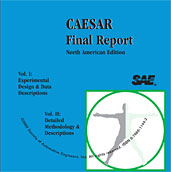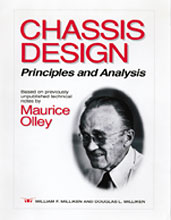Book
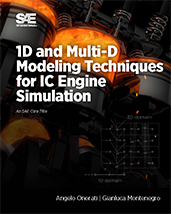
1D and Multi-D Modeling Techniques for IC Engine Simulation
2020-04-06
1D and Multi-D Modeling Techniques for IC Engine Simulation provides a description of the most significant and recent achievements in the field of 1D engine simulation models and coupled 1D-3D modeling techniques, including 0D combustion models, quasi-3D methods and some 3D model applications.



